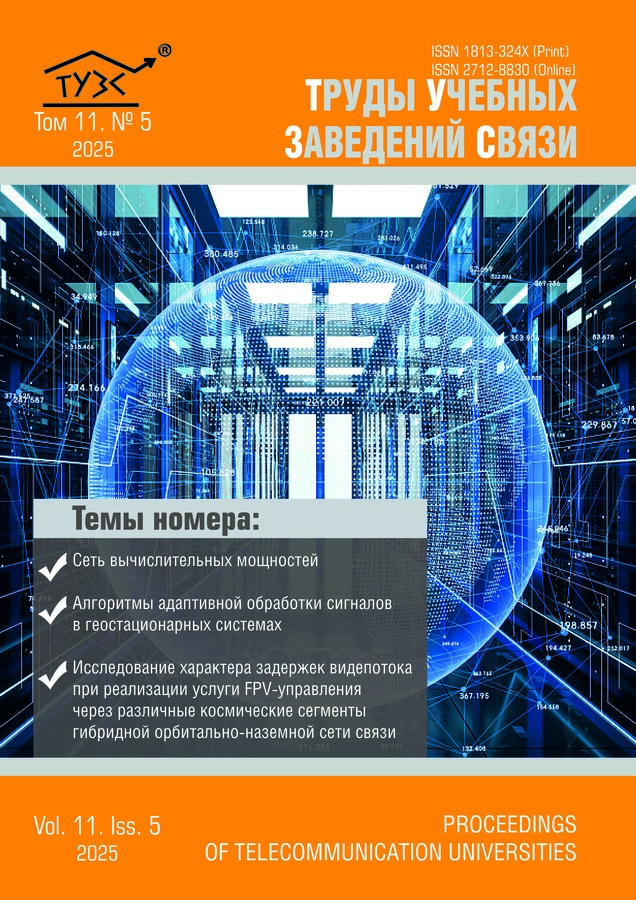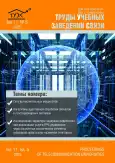Proceedings of Telecommunication Universities
Media registration certificate: ПИ № ФС 77 - 77501 от 17.01.2020
The journal positions itself as a scientific one, in this regard, its goals are to familiarize the scientific community (scientific community) with the results of original research carried out by leading scientists and specialists and their teams, as well as approbation of scientific results obtained in the preparation of candidate and doctoral dissertations to improve the quality (level) of ongoing research.
The publication sets itself the task of expanding the infocommunicative space of interaction between Russian and foreign scientists.
The target audience of the journal are scientists and practitioners in the field of communications and telecommunications, as well as faculty and students enrolled in postgraduate, master's and bachelor's programs of specialized universities and departments.
Founder
The Bonch-Bruevich Saint-Petersburg State University of Telecommunications
Editor-in-Chief
Ruslan Valentinovich Kirichek, Doctor of Sc.
Frequency / Access
6 issues per year / Open
Included in
Higher Attestation Commission List, RISC
Current Issue
Vol 11, No 5 (2025)
95 let SPbGUT – vekhi istorii
Abstract
 5-6
5-6


INFORMATION TECHNOLOGIES AND TELECOMMUNICATION
Artificial Intelligence-Based Traffic Anomaly Detection
Abstract
 9-20
9-20


An Algorithm for Forming an Adaptive Speech-Like Interference to Protect Confidential Speech Information in Office Spaces
Abstract
 21-27
21-27


A Systems Approach to the Architecture Design of Analytical Digital Platforms
Abstract
 28-40
28-40


ELECTRONICS, PHOTONICS, INSTRUMENTATION AND COMMUNICATIONS
LDPC and Polar Codes in 6G: A Comparative Study and Unified Frameworks
Abstract
 42-59
42-59


Research of Video Stream Frame Delay in UAVs FPV-Control Information Exchange Channel of HSTNs Space Segment
Abstract
 60-73
60-73


Algorithms for Adaptive Signal Processing in Geosynchronous Orbit Satellite Systems
Abstract
 74-83
74-83


Simulation Model for Radio Resource Scheduling Algorithms at MAC Layer of Mobile Networks
Abstract
 84-96
84-96


Fast Optical Switching: Analysis of Existing Solutions and a New Method Ensuring Signal/Packet Switching in Multi-Service Networks
Abstract
 97-118
97-118


Effectiveness Evaluation of Random and Defined Subscriber Access Mechanisms to a Broadband Satellite Communications Network
Abstract
 119-126
119-126


Computing Power Network (CPN)
Abstract
 127-144
127-144








